The reason why Vietnam is "out of breath"
The durian market in China is assessed by experts to be growing steadily and soon reaching a scale of 10 billion USD. Meanwhile, China is actively seeking new sources of supply to diversify its import market.
According to statistics from the Chinese customs agency, in the first two months of the year, this country spent more than 120 million USD to import 22,980 tons of whole durian, down 56.8% in volume and 57.8% in value compared to the same period in 2024. Of which, the 4 main durian suppliers to the Chinese market include: Thailand, Vietnam, Malaysia and the Philippines.
In the first two months of the year, Vietnam's durian market share in China dropped sharply to 37%, compared to 61.7% in the same period last year. Meanwhile, Thailand's increased to 62.3%, compared to 36.9% in the same period last year, surpassing Vietnam to regain the top spot. Malaysia ranked third with 0.6% and the Philippines ranked fourth with 0.2%.
The Chinese market has a huge demand for durian. Photo: SCMP.
According to the Vietnam Fruit and Vegetable Association, the main reason why Vietnamese durian "missed a big piece of the cake" is because this country has increased control over the quality of durian products since the beginning of this year. In addition to technical criteria such as pesticide residues and heavy metals (especially cadmium), China also strictly checks for banned substances such as yellow O, and the inspection rate of each export shipment has been increased from 10% to 100%.
The increased inspections have caused customs clearance times to increase several times, sometimes up to a week. Many shipments, although passing inspection in Vietnam, are damaged when arriving at wholesale markets in China due to the long wait.
The Vietnam Fruit and Vegetable Association said that the target of 3.5 billion USD in durian exports in 2025 is at risk of not being achieved if the current situation continues.
Race for market share
As China is actively seeking new sources of supply to diversify its durian import market, many Southeast Asian countries are immediately seizing the opportunity to gain market share in this billion-dollar industry. In particular, Malaysia focuses on producing the highest quality products, targeting the super-rich.
According to SCMP , to serve the super-rich in China, durian farmers in Malaysia always let the ripe fruit fall naturally to the ground before harvesting.
Immediately after harvest, fresh, naturally ripened Malaysian durians are transported by air to China within just 48 hours. The short transportation time helps the durians retain their freshness when they reach consumers in the country of a billion people.
This is a competitive advantage in the race for market share in this billion-dollar industry, especially as Chinese consumers become increasingly demanding about food quality and origin.
Sam Tan, chairman of the Malaysian Durian Exporters Association, said the Chinese market is now leaning towards naturally ripened, chemical-free products. He also suggested that the government issue a regulation banning early harvesting to preserve the quality and reputation of Malaysian durians in the international market. Malaysian exporters now expect to increase durian exports to China by 30% by 2025.
Laos has also recently launched national strategies to aim to become an important supplier of durian to the Chinese market. Specifically, Attapeu province of Laos has officially granted land exploitation rights to three domestic companies to grow durian on an area of over 273 hectares, for a period of 30 years.
Experts say that Laos has a great advantage in logistics when it comes to exporting durian to China. The Vientiane-Kunming railway can help shorten the shipping time of containers, creating favorable conditions for Lao goods to be exported to China.
Countries wishing to export durian to China must meet strict inspection requirements. Photo: Xinhua.
With an output of up to 1.83 million tons per year, Indonesia is currently one of the world's largest durian producers. According to the Bangkok Post, Indonesia is expanding its cultivation and completing legal procedures to prepare to start exporting durian to China.
Accordingly, Chinese customs authorities have completed inspections of Indonesian durian growing areas and packing facilities. The Indonesian durian industry is currently focusing on solving logistics issues to prepare for exports to China.
A durian exporter said shipping durian directly from Pantoloan port in Central Sulawesi province to China could shorten the time it takes from a month to a week, while potentially cutting shipping costs in half.
In addition to competition from countries in the Southeast Asian region, domestic durian is also trying to get a piece of the pie. Recently, domestic durian has been appearing sporadically on shelves in China, making investors "boil". Many investors have started planting durian farms stretching far and wide in Hainan and southern border provinces such as Yunnan and Guangxi.
According to SCMP , a series of bosses from other industries - from mine owners in Shanxi to manufacturing giants in Guangdong - are pouring money into durian farming. Mr. Michael Wang - famous on social media under the nickname Maikou Wang - said that last year he received more than 800 investors who wanted to participate in the durian farming sector.
Once considered a “dead zone” for durians due to its harsh climate and erratic monsoons, Hainan is now a symbol of daring and perseverance. Chinese durian growers are determined to focus on quality to meet the huge domestic demand.
Source: https://baoquangninh.vn/cac-nuoc-canh-tranh-khoc-liet-thi-phan-sau-rieng-trung-quoc-3354759.html


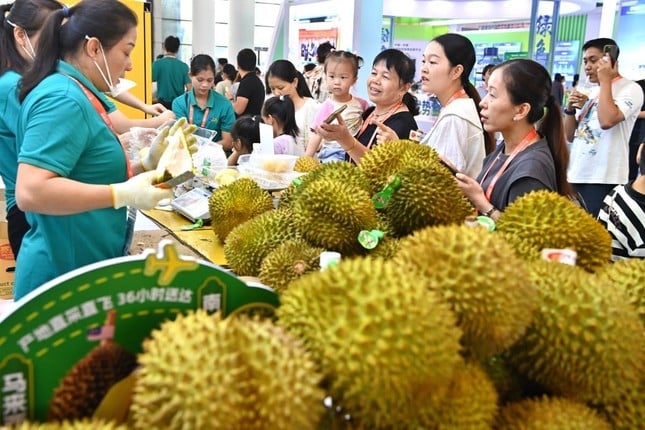
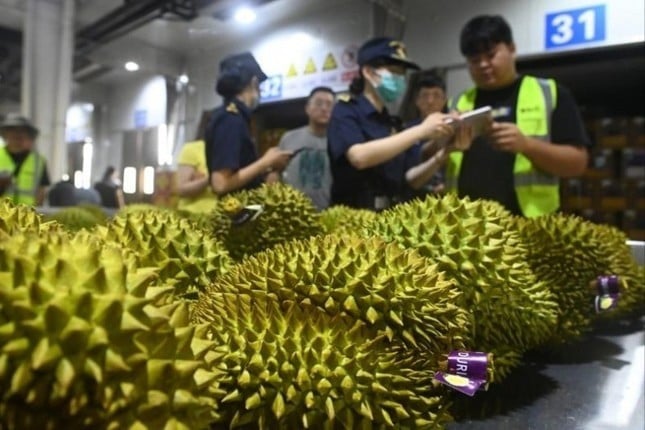
![[Photo] More areas of Thuong Tin district (Hanoi) have clean water](https://vstatic.vietnam.vn/vietnam/resource/IMAGE/2025/4/29/55385dd6f27542e788ca56049efefc1b)


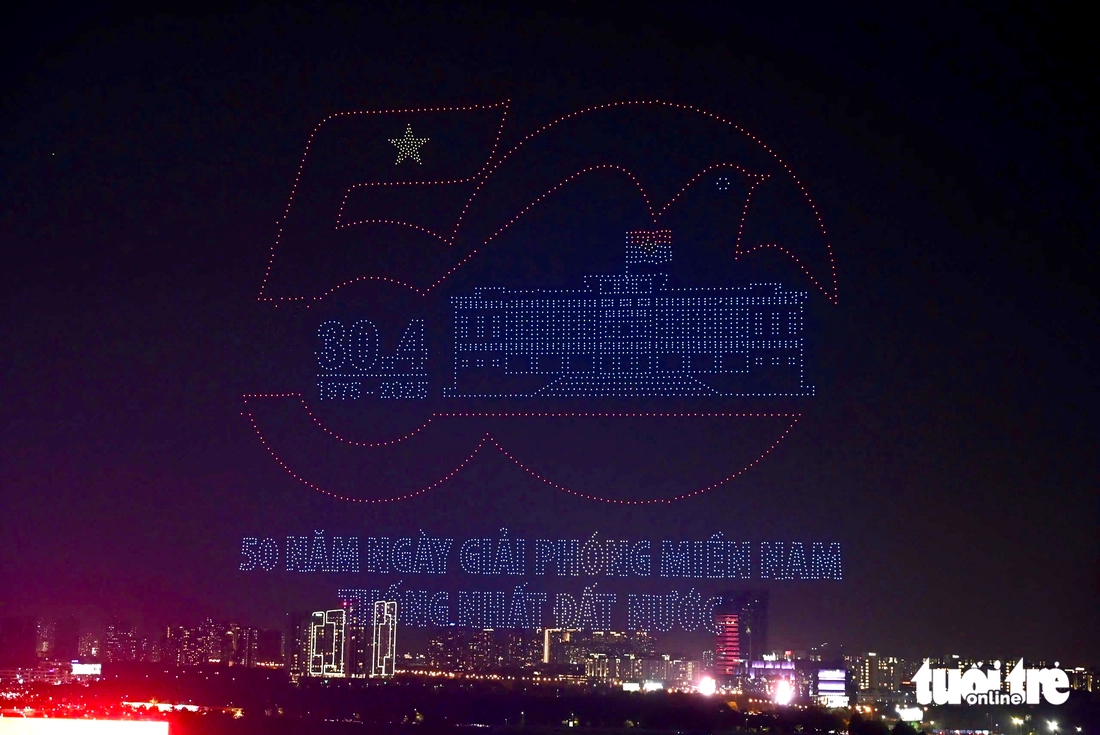
![[Photo] Prime Minister Pham Minh Chinh and Japanese Prime Minister Ishiba Shigeru attend the Vietnam - Japan Forum](https://vstatic.vietnam.vn/vietnam/resource/IMAGE/2025/4/29/fc09c3784d244fb5a4820845db94d4cf)



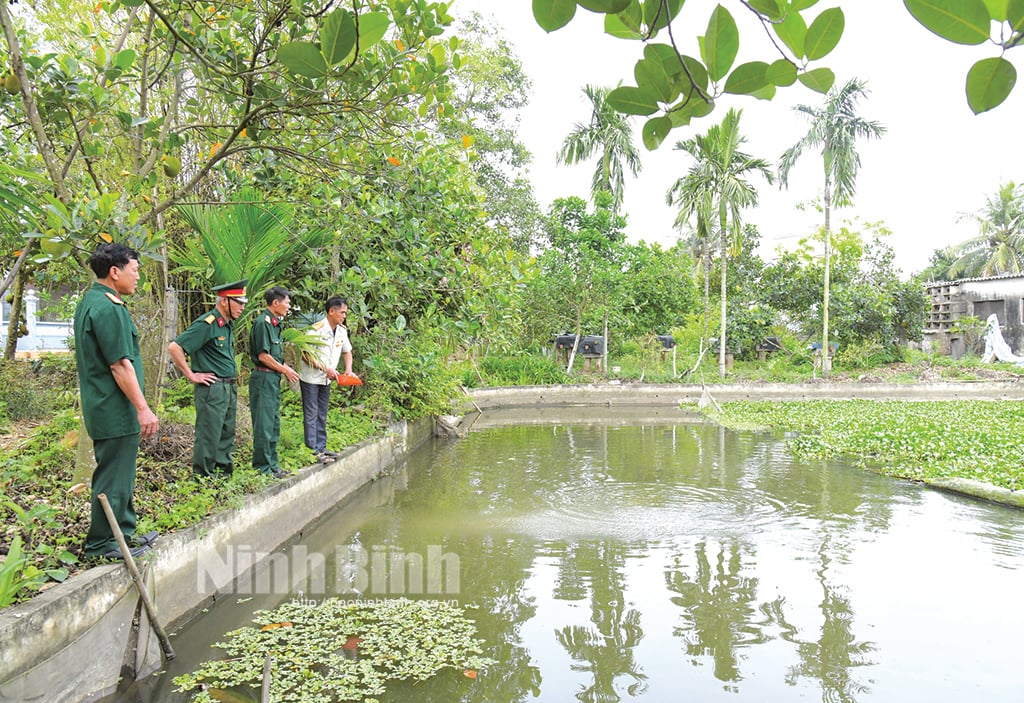

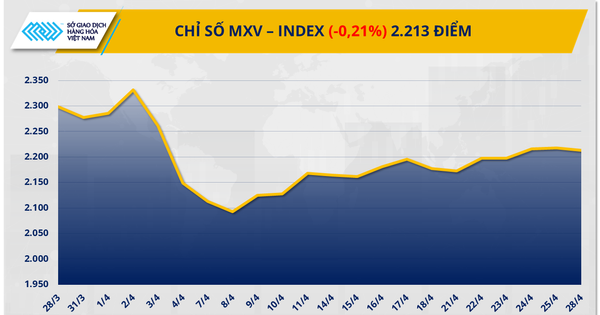



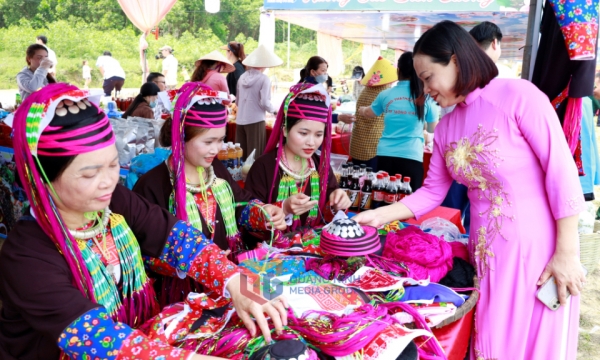
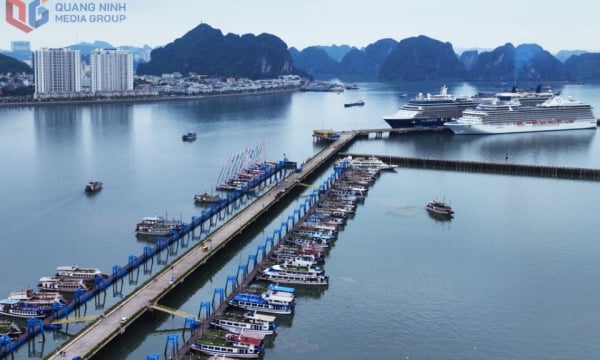




![[Photo] Prime Minister Pham Minh Chinh receives Cambodian Minister of Commerce](https://vstatic.vietnam.vn/vietnam/resource/IMAGE/2025/4/28/be7f31fb29aa453d906df179a51c14f7)
![[Photo] Signing ceremony of cooperation and document exchange between Vietnam and Japan](https://vstatic.vietnam.vn/vietnam/resource/IMAGE/2025/4/28/e069929395524fa081768b99bac43467)




























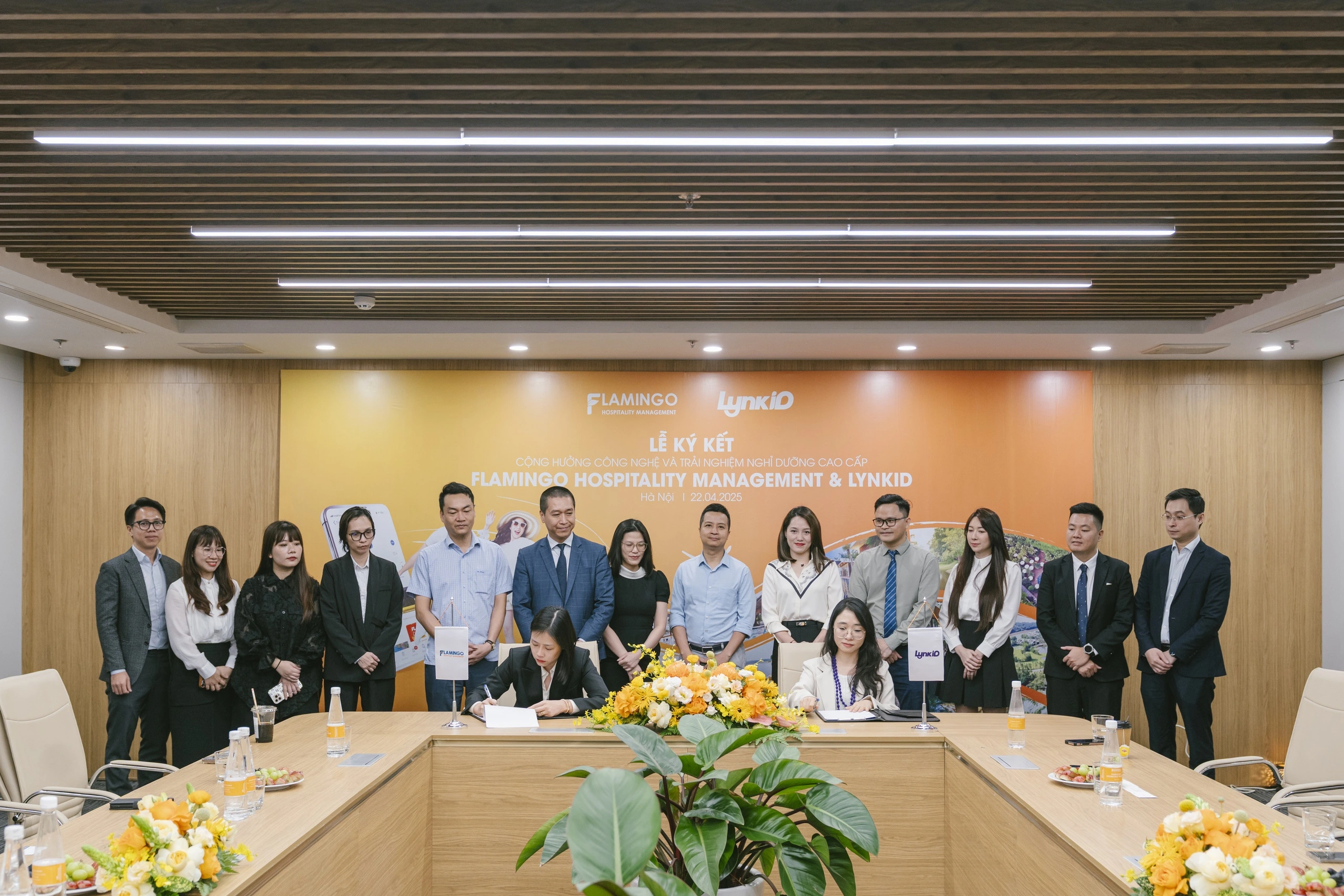
















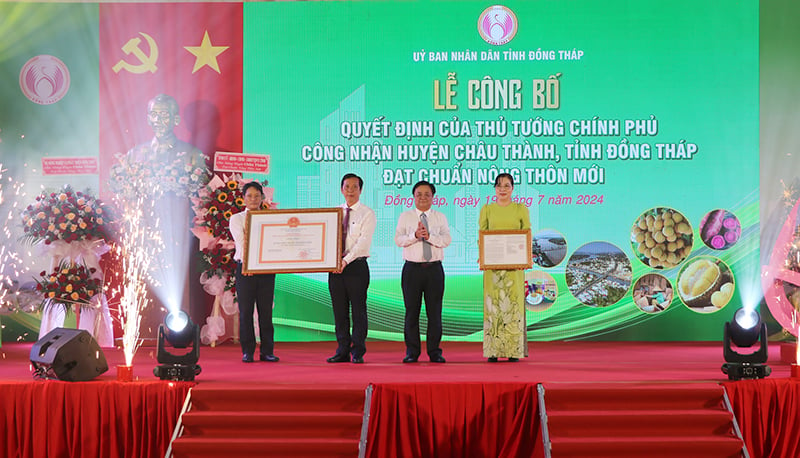






![[Infographic] Plan for the arrangement of commune-level administrative units in Phu Yen province](https://vstatic.vietnam.vn/vietnam/resource/IMAGE/2025/4/29/3e4df7648975454a8fe2f06f93f1f6f3)



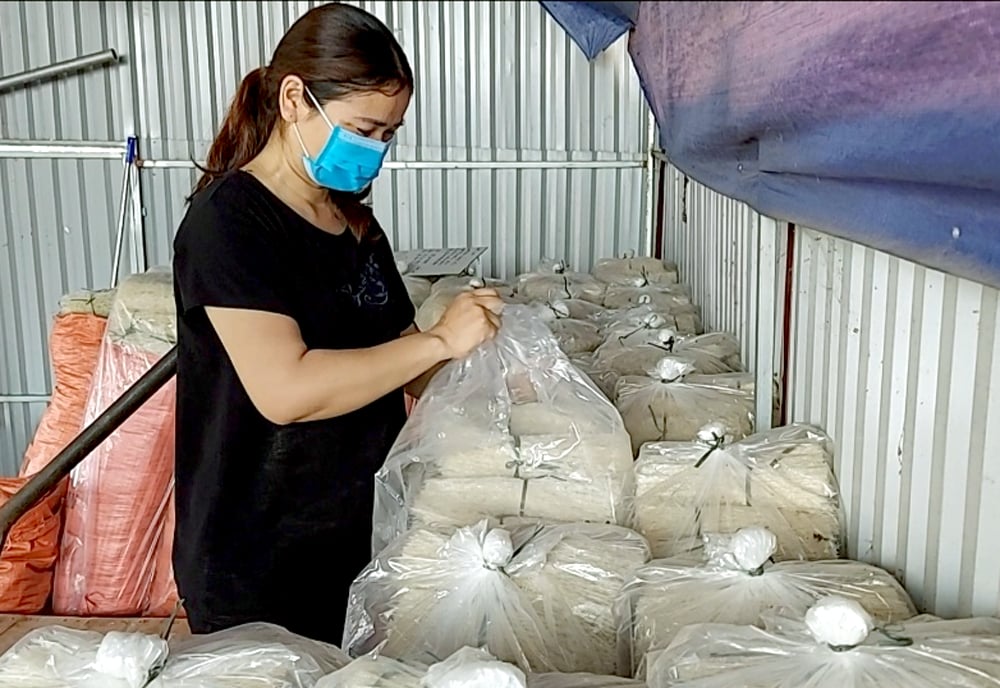

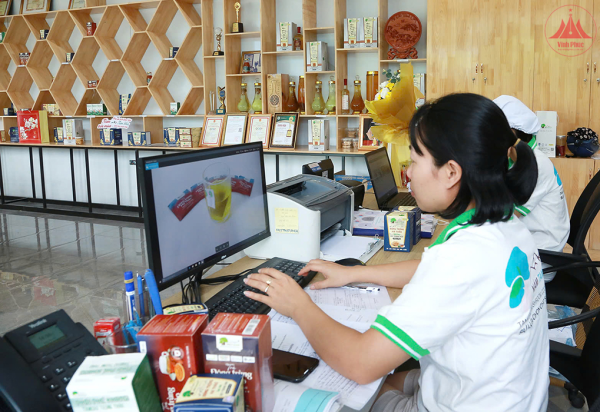

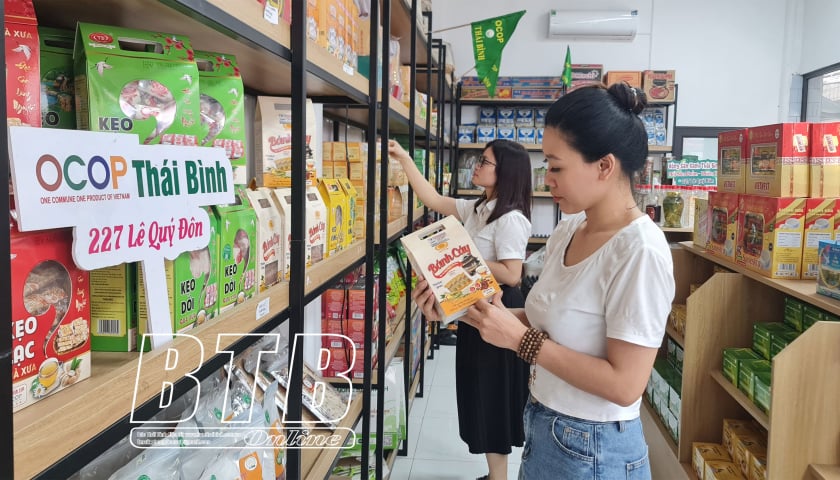

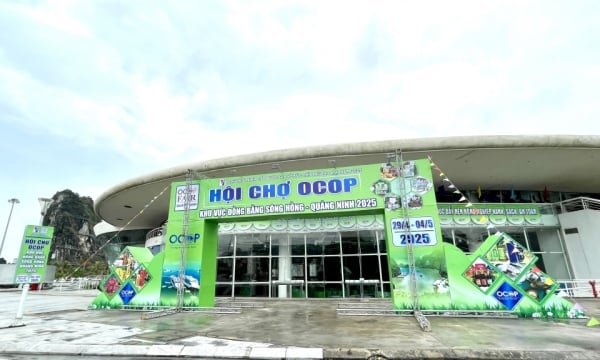
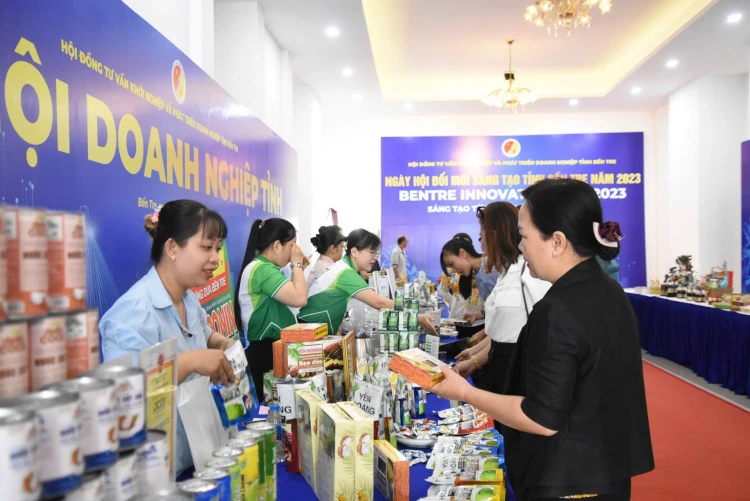



Comment (0)